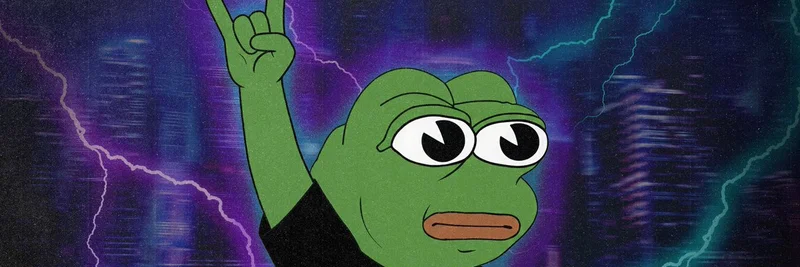In the fast-paced world of cryptocurrency, where meme tokens can skyrocket or crash overnight, understanding risks is key to survival. Recently, renowned crypto journalist Laura Shin shared a compelling quote from Katherine Kirkpatrick Bos during a Twitter Space discussion. Bos, the General Counsel at StarkWare and a leading voice on crypto regulations, DeFi, and tokenization, highlighted the importance of transparency in high-risk investments like Initial Coin Offerings (ICOs).
The quote, pulled from the Twitter Space hosted by Shin, goes like this: "If you wanna talk risky, let's talking about FX trading, gambling, and all these other things that are legal in America that people can lose money (on)... I am always very sensitive to that particular criticism, because as long as there is appropriate disclosures and information that is available to individual investor, they should have every right to engage and spend their hard-earned money, where they can lose it all. The disclosure is, of course the missing point."
For those new to the term, an ICO is essentially a fundraising method where new cryptocurrencies are sold to investors, often promising innovative projects but carrying massive risks due to lack of regulation. Sound familiar? It's not too different from how many meme tokens launch today—pumped by hype on social media, with little to no formal disclosures about the team's intentions, tokenomics, or potential pitfalls.
Bos draws a parallel to everyday legal risks Americans face, like forex (FX) trading or gambling. These activities are allowed because participants are adults who can make their own choices, but they're backed by rules ensuring some level of information is provided. In crypto, especially with meme coins, that "disclosure" piece is often what's lacking. Projects might hide rug pull potentials, insider allocations, or even basic smart contract audits, leaving investors in the dark.
As someone who's navigated the crypto media landscape, I can tell you that this resonates deeply with the meme token community. Tokens like Dogecoin or newer ones inspired by viral trends thrive on community enthusiasm, but without clear info, it's easy to get burned. Bos's point? Empower investors with knowledge so they can decide if they're willing to risk it all.
Why Disclosures Matter in Meme Tokens
Think about it: in traditional finance, stocks come with prospectuses detailing risks, financials, and more. In meme land, a whitepaper—if it exists—might just be a meme itself. Better disclosures could include:
- Team Transparency: Who’s behind the project? Anonymous devs aren't always a red flag, but knowing helps build trust.
- Tokenomics Breakdown: How many tokens exist? What's the distribution? Any locked liquidity to prevent dumps?
- Risk Warnings: Straight-up admissions like "This is speculative; you could lose everything."
Implementing these isn't about killing the fun—it's about making the game fairer. Regulators are catching up, with bodies like the SEC eyeing crypto more closely, as seen in ongoing discussions around crypto enforcement.
Applying These Lessons to Your Meme Portfolio
If you're diving into meme tokens, take Bos's advice to heart. Research beyond the hype: Check CoinMarketCap or DexScreener for on-chain data. Join communities on Discord or Telegram, but verify claims. And always, only invest what you can afford to lose.
This discussion from Bos and Shin underscores a maturing crypto ecosystem. As meme tokens evolve from jokes to serious investments, prioritizing disclosures could reduce scams and foster sustainable growth. For more on crypto regs and meme insights, stick with Meme Insider.
Catch the full context in Laura Shin's original tweet and explore her Unchained Podcast for deeper dives.


